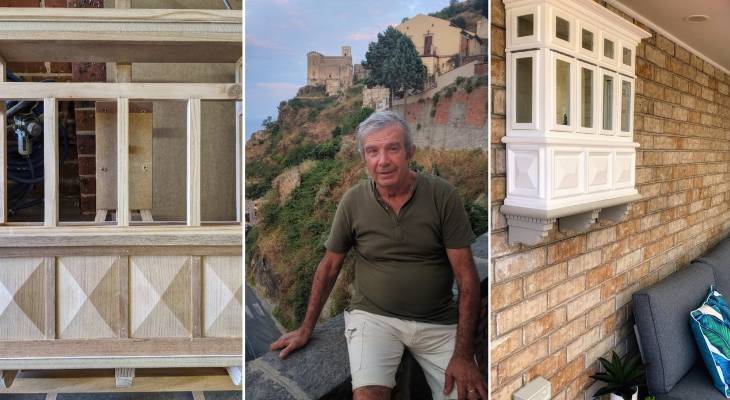They share a sneak peek into what the work involves.
Maltese balconies are at the heart of Maltese heritage, often the subject of gorgeous shots and gazes by passers-by. Few are those that remain skilled in the art of making such balconies though, and this father-son duo are making sure it remains alive.
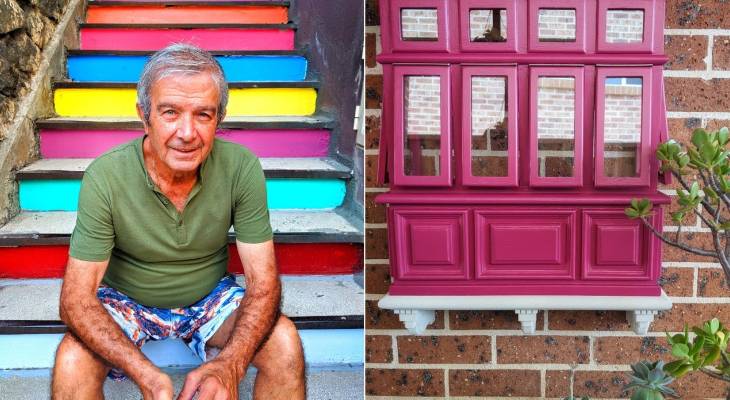
Meet Victor and Ronnie Bugeja, the pair that have taken this piece of heritage all the way to Australia. We got in touch with the Bugejas to learn about their story and their concept, Nostalgija Woodworks, and the intricate work that goes into creating miniature versions of the Maltese balcony as an incredible and unique souvenir.
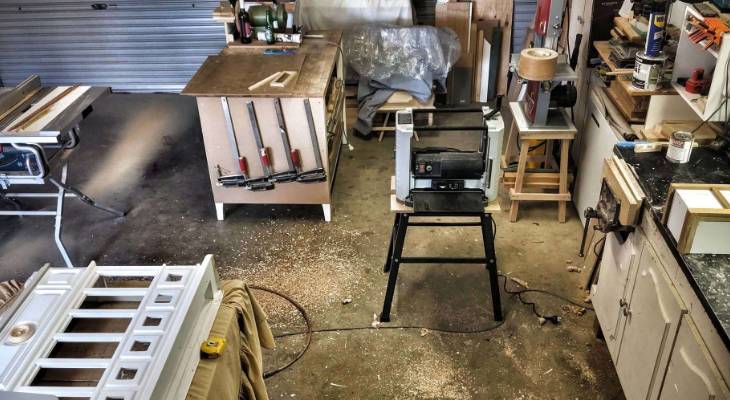
The Bugejas' backstory
Couple Victor and Josephine Bugeja migrated with their three kids to Australia in 1973, but always considered Malta their home, visiting every year. Unfortunately, the family lost Josephine earlier this year to dementia, an event that left a void in Victor’s heart. It was soon a matter of finding a new purpose for the patriarch, and this is when the first balcony was made.
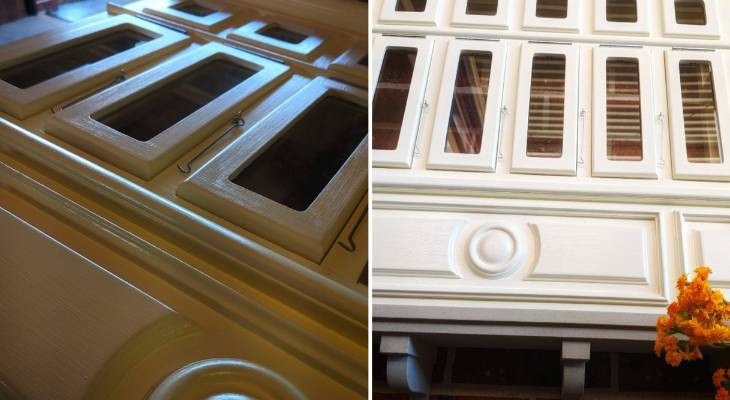
The beginnings of Nostalgija Woodworks
“A huge part of my father's life has always been his love for woodwork and his family,” his son Ronnie tells us. “Nostalgija Woodworks started out of necessity. 58 years of happiness with mum and then sudden darkness,” Ronnie says, referring to the toll Josephine’s death took on Victor. “Woodwork saved his life and brought a smile back to a homesick man’s face.”
“We slowly dusted off the old tools, rewired some machines that we brought out of retirement and decided to start making Maltese gallerijas as a hobby.”
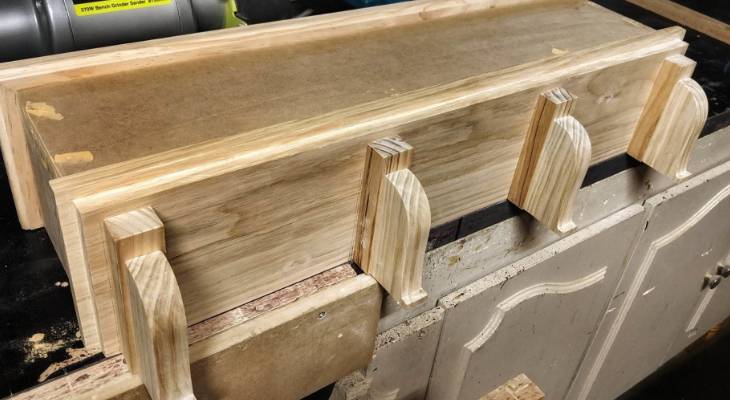
The intricate process
“The process of creating something of such significance from nothing is beautiful to watch, and when you have someone as talented as my dad, it leaves you feeling inspired,” Ronnie says, getting into the steps that such work entails.

Step 1: Design
“Like anything else, it needs a base to start with, so we first draw up a design that we like and make sure the preparations are correct and that it follows tradition. Then we move onto creating the base design and carcass using different shaping and router techniques to give the base character, which pops after painting it with Stone Effect. The most important part of the job is the panelling across the front, which is kind of like that balcony's signature. So usually we let the person choose their design as some have requested replicating their own families' balconies.”
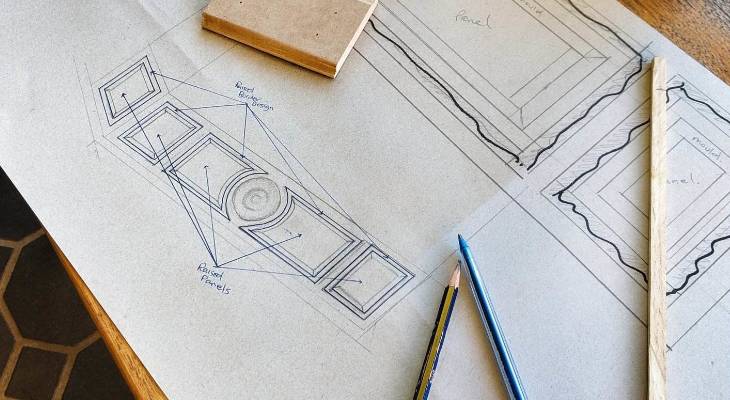
Step 2: Beading
"The next part of the building process is the window beading and top pelmet design. This once again can change the look significant to clients' visions, depending on the size and thickness. It then flourishes when we add different router bits." It sounds like quite the process!
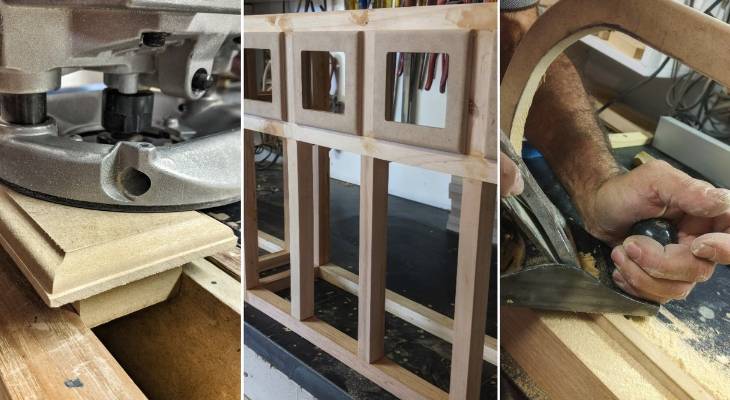
Step 3: Colour
"The next step is choosing paint colour," the Bugejas reveal, saying the balconies really come to life when a spot of colour is added. "We normally use a waterbased self-primed paint and spray the first two coats and hand brush the final coat to give it that traditional Maltese look of slight distress."
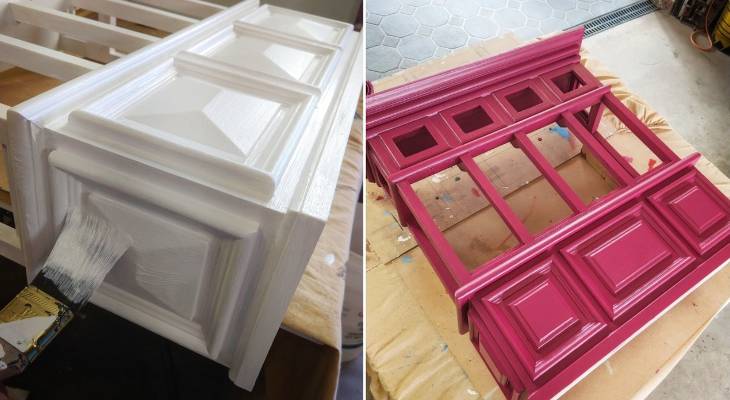
Step 4: Glass instalment
"Finally, we install the glass in the doors and windows using Glazer points and reattach the stone base to the balcony, do a small bit of touch up and cleaning, and then the balcony is done and ready for its photoshoot."
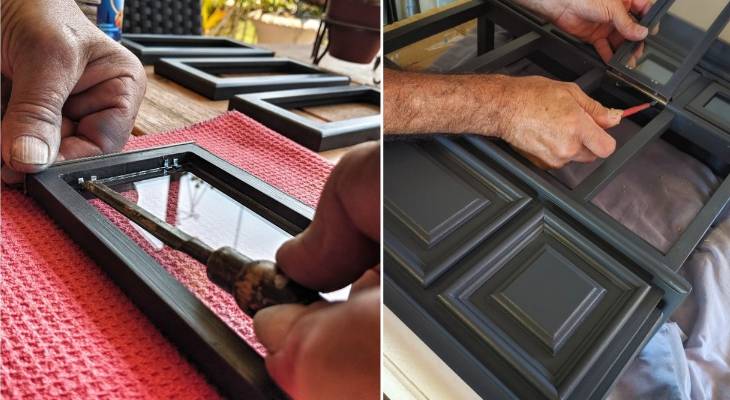
“Watching how bringing these pieces of our Maltese heritage to life has somewhat saved my father is something beautiful,” Ronnie admits. “We are really enjoying this father-and-son bonding time, and since it’s bringing the Maltese community in Australia closer to my father, he isn’t so homesick anymore.”
